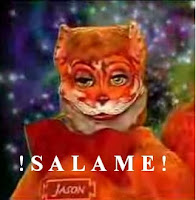
Sigmund Freud states the the “id” is the subconscious part of the human mind where all repressed, dark, and immoral thoughts are kept. The jungle, on the other hand, is very similar to the id in that it is a mysterious, yet primal place where there are no rules in place. Marlow’s journey through the jungle mirrors his psychological journey through his psyche. Conrad uses great imagery and diction to convey his images of the jungle while also reflecting Marlow’s journey through his mind: “An empty stream, a great silence, an impenetrable forest. The air was warm, thick, heavy, sluggish” (Conrad, 394). Conrad describes the forest as impenetrable much like the impervious nature of the id. The forest and id, are both filled with so much and both difficult to explore which creates this quality of inaccessibility. The id also represents a place where thoughts or memories deemed unacceptable by society are kept. Moreover the jungle directly connects to the id because it is such a primitive and uncivilized place. In the jungle, Marlow encounters inhumane beings such as the cannibals. Through his engagement with them, he learns that they are actually reasonable and self-disciplined. Without this experience, Marlow would not have gained a better understanding of who the cannibals really were. His experiences surpassed his preconceived notions that the cannibals were an uncivilized and vulgar people, thus proving that his journey into the jungle and id, made him a clearer and more tolerant thinker.




